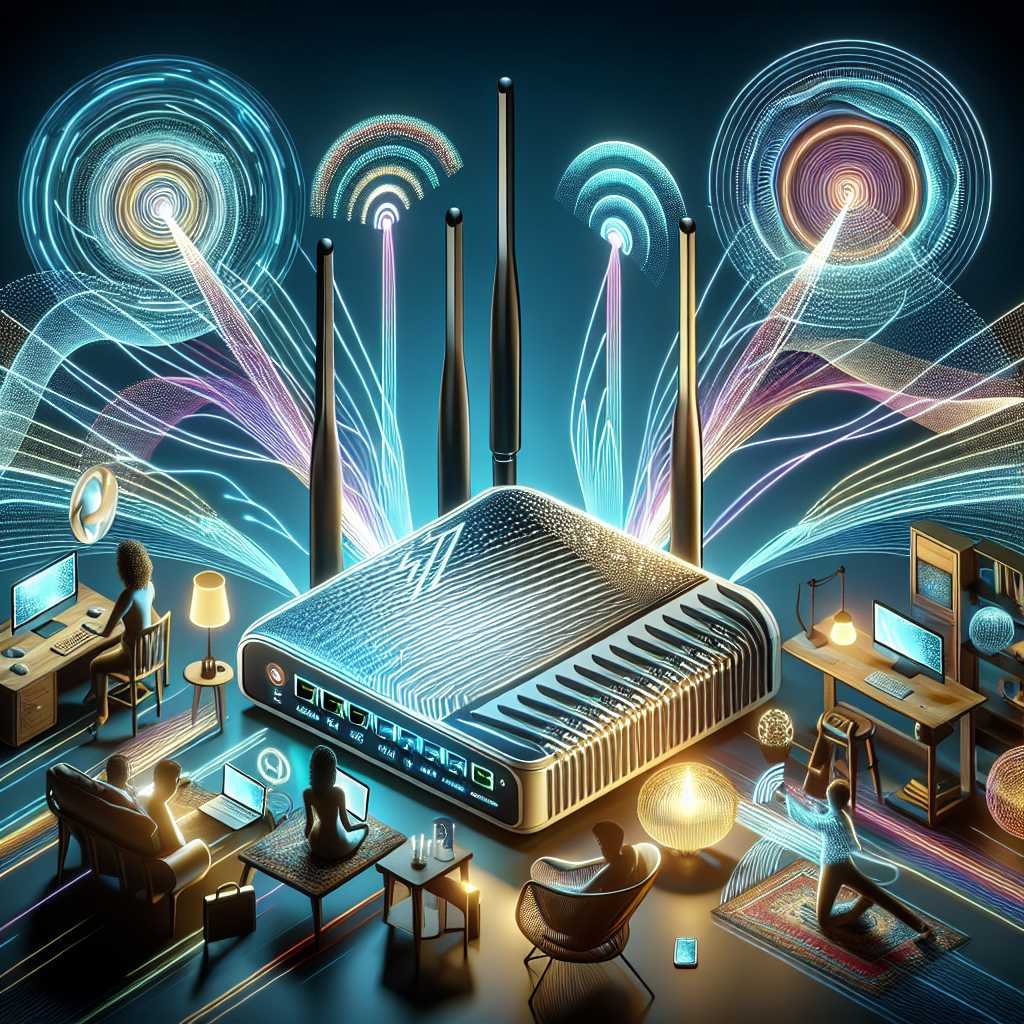Exploring the Possibility of Mind-Driven Communication through Brain-Computer Interfaces
Advancements in technology have always pushed the boundaries of human capabilities, and the field of brain-computer interfaces (BCIs) is no exception. BCIs are devices that allow direct communication between the brain and external devices, enabling individuals to control computers, prosthetics, and even vehicles using their thoughts.
But what if we could take this technology a step further and use BCIs to communicate with others through our thoughts? Imagine a world where we could simply think about what we want to say, and others could hear it or see it directly in their minds.
One possibility for mind-driven communication is the use of visual interfaces. Researchers are working on developing BCIs that can decode our thoughts and display them as visual images. By analyzing the brain activity associated with specific thoughts or concepts, these interfaces can generate corresponding visual representations.
For example, imagine thinking about a beautiful sunset. Through a visual BCI, others would be able to see the exact image of the sunset that you are envisioning in your mind. This could revolutionize the way we share experiences and emotions, allowing us to connect with others on a much deeper level.
Another approach to mind-driven communication is through the use of auditory interfaces. Instead of visualizing thoughts, BCIs could be used to convert our thoughts into audio signals that can be heard by others. This could be achieved by mapping specific patterns of brain activity to corresponding sounds or words.
Imagine having a conversation with someone without uttering a single word. You could simply think about what you want to say, and the BCI would transmit your thoughts as clear and coherent audio directly into the other person’s mind. This could be incredibly useful for individuals with speech impairments or those who are unable to communicate verbally.
While the idea of mind-driven communication through BCIs is fascinating, it is still in the realm of science fiction. Current BCI technology is primarily focused on enabling individuals to control external devices using their thoughts, rather than facilitating direct communication between minds.
There are several challenges that need to be addressed before mind-driven communication becomes a reality. One major challenge is the complexity of decoding and interpreting the vast amount of neural activity associated with thoughts. The human brain is incredibly intricate, and understanding the neural patterns and processes underlying specific thoughts is still a major scientific endeavor.
Another challenge is the ethical implications of mind-driven communication. Privacy concerns and the potential for misuse of this technology raise important ethical questions that need to be carefully considered.
Despite these challenges, researchers are making significant progress in the field of BCIs. As our understanding of the brain and technology continues to advance, the possibility of mind-driven communication through BCIs may become a reality in the future.
There is also a BARD’s point of view on the matter:
elecommunication via brain-computer interface (BCI) through thoughts and words on a screen from mind is a promising new technology with the potential to revolutionize the way we communicate. BCIs allow users to interact with computers and other devices using their brainwaves. This means that people could communicate with each other using their thoughts without having to speak or type.
One way to achieve telecommunication via BCI is to use a technique called electroencephalography (EEG). EEG is a technique that records the electrical signals produced by the brain. EEG electrodes are placed on the scalp and record the electrical activity of the brain.
Another way to achieve telecommunication via BCI is to use a technique called magnetoencephalography (MEG). MEG is a technique that records the magnetic fields produced by the brain. MEG sensors are placed around the head and record the magnetic activity of the brain.
Once the electrical or magnetic signals from the brain have been recorded, they can be analyzed using a computer. The computer can be used to identify patterns in the brain signals that correspond to different thoughts and words.
Once the computer has identified the patterns in the brain signals, it can be used to generate text or speech that corresponds to the user’s thoughts. This text or speech can then be displayed on a screen or transmitted to another person.
Telecommunication via BCI has a number of potential benefits, including:
- It could enable communication for people who are unable to speak or type.
- It could allow people to communicate with each other more quickly and efficiently.
- It could enable communication over long distances without the need for any special equipment.
Telecommunication via BCI is still in its early stages of development, but it has the potential to revolutionize the way we communicate. As BCI technology continues to improve, it is likely that telecommunication via BCI will become more widespread.
Here are some specific examples of how telecommunication via BCI could be used:
- A person who is paralyzed could use a BCI to communicate with others by typing messages with their thoughts.
- A person who is trapped in a collapsed building could use a BCI to communicate with rescuers by transmitting their thoughts to a nearby device.
- A group of people could use BCIs to collaborate on a project by sharing their thoughts and ideas directly with each other.
Telecommunication via BCI is a promising new technology with the potential to improve the lives of many people. As BCI technology continues to improve and become more affordable, it is likely that telecommunication via BCI will play an increasingly important role in our lives.







